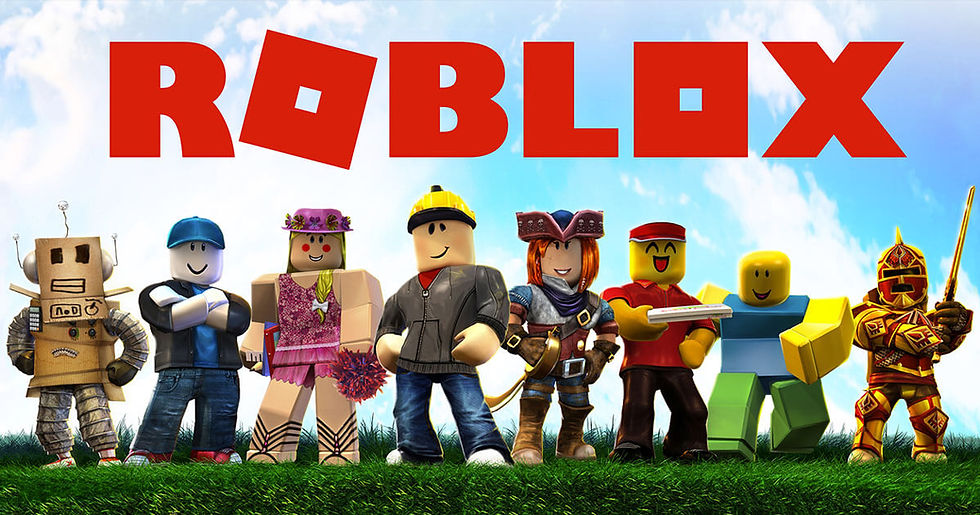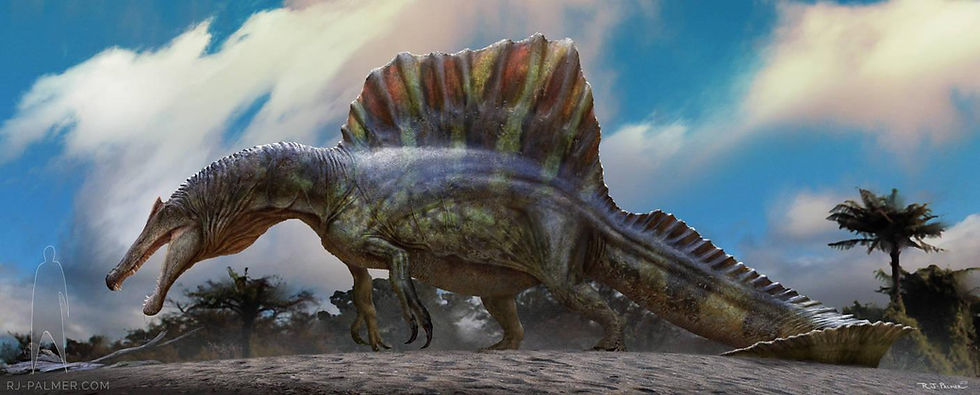Understanding the Origins of Halloween
- themhsfreshprint
- 24 hours ago
- 3 min read
Written by Kate Brame
The origins of Halloween or how it has evolved into the Halloween we know today might not be very well known to most people. Halloween is the modernized version of the pagan festival Samhain, from Ireland. Everything from carving pumpkins to trick-or-treating wasn’t always included in Halloween celebrations. There were many factors that contributed to making the Halloween we know and love today.

To get some insight on where a regular person thinks Halloween originated from, I interviewed my brother. When asked where he thinks Halloween originates from, he said, “I don’t know, maybe Germany or somewhere in Europe.” This shows how little people would know about the history of Halloween.
Samhain is a pagan festival/holiday that started around 2,000 years ago in Ireland. It’s mostly celebrated in Ireland to mark the end of Summer and the harvest season. It’s also to mark the start of winter which was often associated with death or famine. Samhain was and still is celebrated from sunset on October 31st to sunset on November 1st. It was a common belief to the ancient Celtics that on the night of October 31st, the boundary between the realm of the living and the realm of the dead became blurred, which allowed spirits to go into the realm of the living.
Because of this belief, the ancient Celtics would dress up in costumes usually made from animal skins or hides and light bonfires. All of this was to scare away evil spirits.
Later in the 9th century, the Catholic church declared November 1st as ‘All Saints’ day’. All Saints’ Day was partly a way to Christianize Samhain because it’s a pagan holiday. All Saints’ Day is also known as All Hallows’ Day. This made October 31st, All Hallows’ Eve. All Hallow’s Eve was later shortened and evolved into Halloween.
The well known tradition of trick or treating came from a mixture of Celtic traditions and medieval practices such as “guising” or “souling”. Guising was from ancient Scotland and Ireland where people would go around to houses, in costume, and perform a trick for food or money.
Souling is from medieval England where poor people went to people’s houses on All Hallows’ Day (Nov. 1) or All Souls’ Day (Nov. 2) to ask for “soul cakes” in exchange for the promise of praying for their dead loved ones. These both contributed to creating modern day trick or treating.
Carving pumpkins didn’t always start out with pumpkins. When Irish immigrants started coming to the United States, they brought the tradition of carving turnips into lanterns. They then switched to using pumpkins because they’re easier to carve. The tradition caught on and became widespread in the U.S by the late 1800s.
Modern trick or treating didn’t come about until the 1930s when the idea of giving treats to children became more popular to prevent them from playing pranks or committing vandalism on Halloween. Trick or treating became even more popular in the 1950s for multiple reasons such as the mass-market availability of packaged candy.
It’s also believed that bobbing for apples came from the Roman celebration for Pomona, the goddess of fruit and trees, whose symbol was the apple. This celebration was then mixed with Celtic and ancient European traditions.
Dia de los Muertos, translated to Day of the Dead, is a Hispanic holiday celebrated on November 1st and 2nd. Even though it is celebrated around the same time as Halloween or Samhain, they are not the same. Dia de los Muertos is a celebration of love where the spirits of loved ones visit their living families. Halloween and Dia de los Muertos are similar and relate to some aspects of each other, but they celebrate different things.
To conclude, Samhain and some influence from the Catholic Church was what mainly contributed to creating the Halloween we know and love today. Not all of the Halloween traditions or symbolism are explained in this article but some of the most prominent ones are. And just a reminder, Dia de los Muertos (Day of the Dead), Samhain, and Halloween are not the same holiday. They each have their different ways to celebrate. The origins of Halloween mostly came from Europe where many countries have their own ways of celebrating this spooky holiday.




Comments